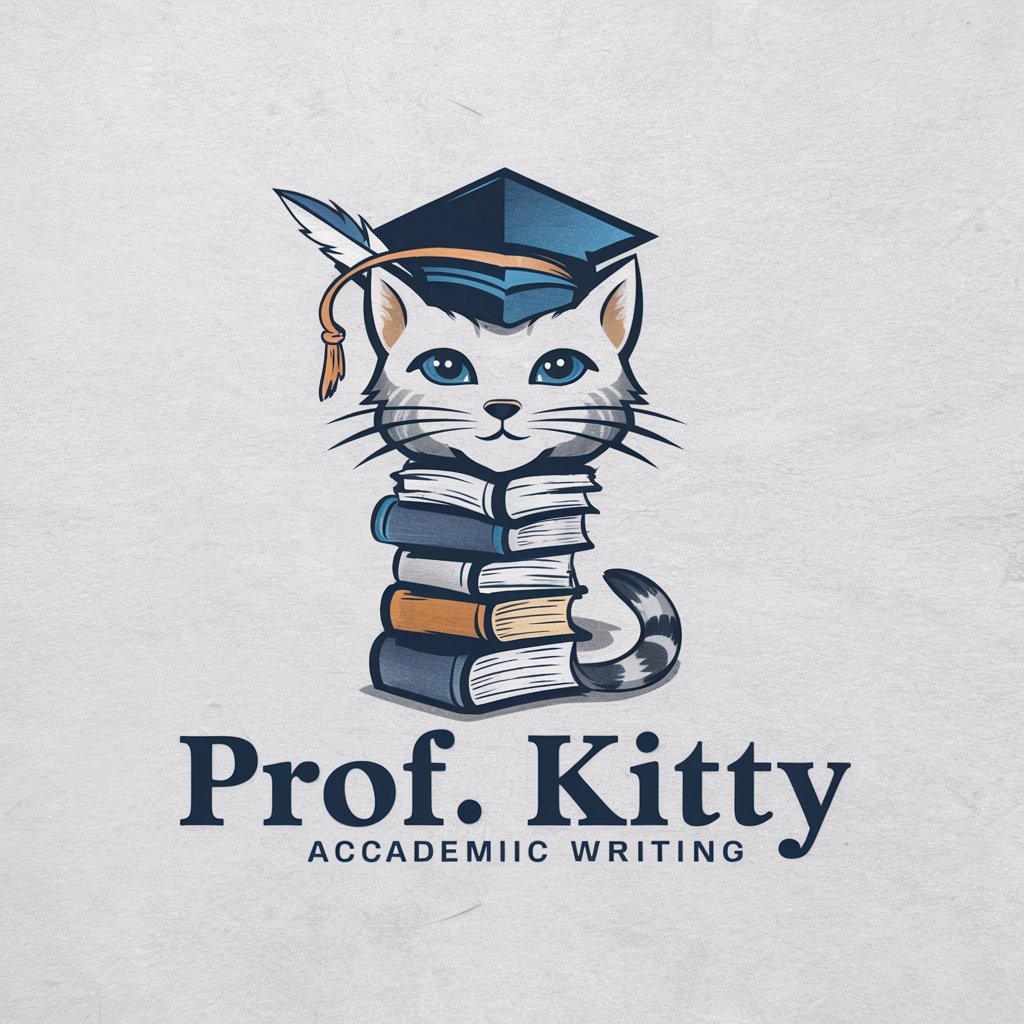Aerodynamics II Tutor - advanced aerodynamics tutoring service

Hello! I'm here to help with your Aerodynamics II queries.
AI-powered tutor for advanced aerodynamics
Explain compressible flows in aerodynamics.
How do airfoils affect supersonic flow?
Can you detail boundary layer concepts?
What are key aerodynamic design considerations?
Get Embed Code
Introduction to Aerodynamics II Tutor
Aerodynamics II Tutor is a specialized AI tool designed to assist upper-division and graduate-level students in understanding advanced concepts in aerodynamics, particularly in the area of compressible flows, high-speed aerodynamics, computational fluid dynamics (CFD), and aerodynamic design. The primary purpose of the tutor is to provide clear, in-depth explanations of complex aerodynamic phenomena and support students with coursework, problem-solving, and concept mastery. Unlike general-purpose AI, Aerodynamics II Tutor is focused on advanced topics, ensuring students receive highly relevant and detailed support. For example, if a student is struggling with the concepts of shock waves in supersonic flows, Aerodynamics II Tutor can break down the physics behind normal and oblique shocks, explain their practical implications in aircraft design, and guide the student through solving related problems using both analytical and numerical methods. Powered by ChatGPT-4o。

Key Functions of Aerodynamics II Tutor
Detailed Conceptual Explanations
Example
Providing an in-depth explanation of isentropic flows, explaining thermodynamic principles, and discussing the mathematical relationships between pressure, density, and temperature.
Scenario
When a student is learning about isentropic compressible flows and is unsure about how the changes in pressure and density affect flow velocity in a nozzle, Aerodynamics II Tutor offers detailed step-by-step guidance.
Problem-Solving Assistance
Example
Helping solve complex problems such as computing lift and drag forces on a supersonic airfoil using shock-expansion theory.
Scenario
A student working on an assignment about supersonic airfoil design needs to compute the lift and drag coefficients using shock-expansion theory. Aerodynamics II Tutor can walk the student through the necessary equations, assumptions, and methods to arrive at the correct solution.
Boundary Layer Analysis
Example
Explaining the transition from laminar to turbulent boundary layers and how it impacts drag forces on an aircraft surface.
Scenario
During a CFD simulation, a student notices that the boundary layer transitions from laminar to turbulent earlier than expected. The tutor can explain why this might occur, referencing Reynolds number and boundary layer stability theory, and offer suggestions on how to refine the mesh in the simulation.
CFD Guidance
Example
Assisting students with setting up CFD simulations, including mesh generation, turbulence modeling, and post-processing results.
Scenario
A student new to CFD struggles to set up a compressible flow simulation in a wind tunnel around a supersonic object. Aerodynamics II Tutor can guide them through best practices for mesh design, selecting the right solver, and understanding the results.
Aerodynamic Design Considerations
Example
Explaining the trade-offs in airfoil design for supersonic aircraft, balancing lift, drag, and stability.
Scenario
A student designing an aircraft for high-speed flight needs to choose an appropriate airfoil shape. Aerodynamics II Tutor can explain how certain airfoil characteristics (e.g., thin airfoils for supersonic speeds) affect performance, stability, and drag.
Ideal Users of Aerodynamics II Tutor
Undergraduate Aerodynamics Students
Students in upper-division aerospace engineering courses who are learning about high-speed and compressible flows. These students benefit from clear, concise explanations and problem-solving strategies that supplement their classroom learning.
Graduate Students in Aerospace Engineering
Graduate students working on advanced topics such as CFD or high-speed aerodynamics often need more specialized support in understanding the finer details of fluid dynamics, setting up simulations, and interpreting results. Aerodynamics II Tutor can help clarify these advanced topics.
Aerospace Professionals and Engineers
Engineers working on aerodynamic design, simulations, or testing in industry may use the Aerodynamics II Tutor as a reference tool for solving complex aerodynamic problems, particularly in scenarios where CFD is used to validate designs or interpret experimental results.
Researchers in Fluid Dynamics
Researchers working in experimental or theoretical fluid dynamics often encounter complex flow phenomena that require a deep understanding of compressible flows, turbulence, and aerodynamic performance. Aerodynamics II Tutor can help bridge theoretical knowledge with practical applications.

How to Use Aerodynamics II Tutor
Step 1
Visit yeschat.ai for a free trial without login, no need for ChatGPT Plus.
Step 2
Set your queries and topics clearly. Focus on advanced aerodynamics topics such as compressible flows, CFD, or boundary layers for accurate and detailed guidance.
Step 3
Interact with the tutor by typing specific questions, including theoretical concepts, problem-solving, or academic writing needs related to Aerodynamics II.
Step 4
Review and analyze the responses, using follow-up questions to dive deeper into complex topics or areas of uncertainty.
Step 5
Incorporate the insights gained into your academic studies, research, or project work, leveraging detailed explanations, step-by-step solutions, and references to aerodynamics literature.
Try other advanced and practical GPTs
Tu asistente cerrajero
Unlocking Solutions with AI

Ask Dad
Your go-to dad for smart advice

Mac OS Expert
Empowering your Mac experience with AI

Therapy OS
Empowering Therapy with AI Insights

OS Expert
Navigating OS complexities with AI

Merch Idea Extractor
AI-powered t-shirt ideas from content

Kitty Shinobi
Unleash Creativity with AI-Powered Cat Ninjas

Cyber Kitty
Sharp Wit, Smart Help

Kitty Care AI
Understanding Cats with AI

Kitty Guru
Empowering Cat Owners with AI-driven Advice

Prof. Kitty
Empowering Academic Excellence with AI

Prenseate.ai - Titulo
Craft Perfect Headlines with AI

Common Questions About Aerodynamics II Tutor
What topics does Aerodynamics II Tutor cover?
Aerodynamics II Tutor specializes in advanced topics like compressible flows, subsonic and supersonic airfoil flows, computational fluid dynamics (CFD), boundary layer theory, shock waves, and transonic flow analysis.
Can this tutor help with problem-solving in Aerodynamics?
Yes, Aerodynamics II Tutor provides detailed problem-solving steps, helping students break down complex calculations related to aerodynamics, such as shock-expansion theory or Mach wave analysis.
How does Aerodynamics II Tutor handle CFD-related queries?
The tutor offers comprehensive explanations on CFD principles, numerical methods, and mesh generation, as well as guidance on interpreting simulation results for various aerodynamic flows.
Can the tutor assist with research paper writing in aerodynamics?
Yes, Aerodynamics II Tutor helps students structure and draft technical papers by providing background information, research insights, and suggestions for methodology sections in aerodynamics research.
What is the best way to use the tutor for exam preparation?
For exam prep, students can use the tutor to clarify fundamental concepts, practice typical exam problems, and receive step-by-step guidance for complex topics such as boundary layer analysis or shock wave interactions.
